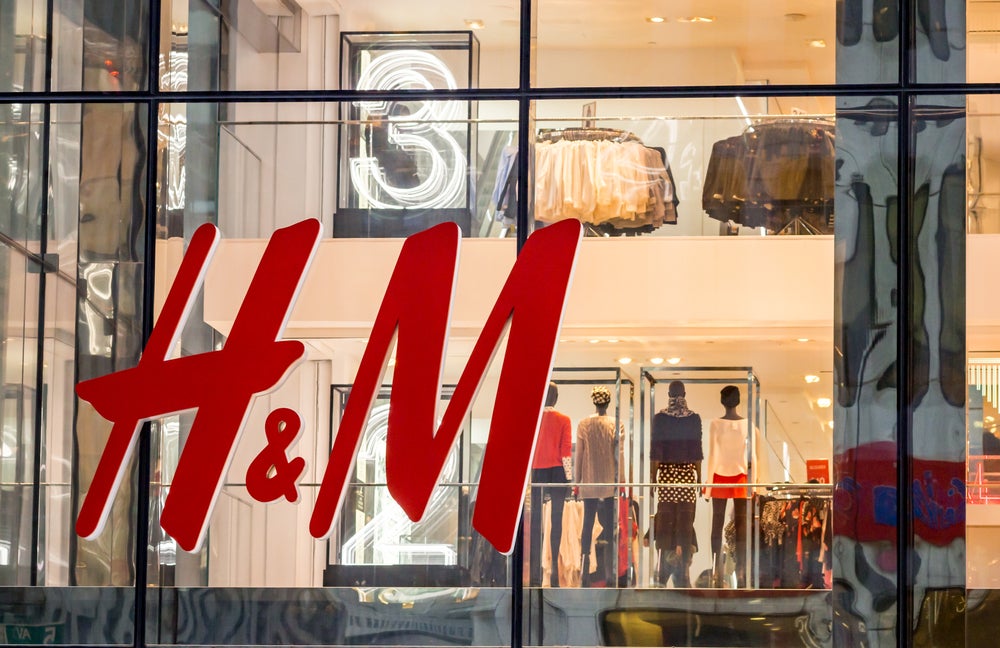
H&M says the hot weather in its European markets this September has delayed the start of the autumn shopping season, resulting in lower September sales, while cost cuts helped to boost the fashion retailer’s third-quarter profits.
Total September sales are projected to decrease by 10% in local currencies compared to the same month in 2022. The discounted operations in Russia are said to be responsible for four percentage points of the drop.
H&M Q3 results
H&M CEO Helena Helmersson explains: “Sales in the third quarter started strongly with pent-up demand for summer garments following a cold May in most of our major markets. The effect then gradually decreased during the summer. There was a weaker end to the quarter, with comparative figures affected by the temporary reopening in Russia in August last year.”
In Q3 H&M experienced a sharp rise in operating profits in the quarter to SEK4.74bn ($430m) up from the previous year of SEK902m, which included a one-time SEK2.1bn cost linked to the firm’s exit from Russia.
Helmersson states: “The focus during the [third] quarter has been on profitability and inventory efficiency, resulting in strong cash flow and good profit development.”
In the quarter, net sales increased by 6% to SEK60.9bn, although in terms of local currencies, they remained relatively “flattish” compared to the previous year.
H&M’s portfolio brands showed a more robust performance, growing by 16% in SEK and 10% in local currencies.
Key results from H&M’s nine-month report
- Net sales increased by 8% in the first nine months of the financial year to SEK173.4bn, although they were “flattish” in local currencies compared to last year.
- Operating profit increased to SEK10.2bn from SEK6.3bn.
- Net profit rose 61% to SEK7.147bn.
H&M, which owns its namesake label along with Cos, Monki and Weekday, among others, explains it launched on JD.com, one of China’s biggest e-commerce marketplaces, this month.
H&M says it is also developing well in Latin America and is looking forward to taking its offering to Brazil, with the opening of its first stores as well as online planned for 2025.
Helmersson adds that H&M is continuing to invest in tech, AI and the supply chain “which is enabling improved flexibility, faster response times and greater precision in buying,” and the fashion retailer says its store portfolio has reached a level that requires fewer closures with potential for some new ones to be opened.
Portfolio brands drive H&M’s sales as its core brand continues to lag behind
Alice Price, apparel analyst at GlobalData, offers her view:
“H&M continues to report lacklustre results, as though net sales in Q3 FY2022/23 were up 6.0% to SEK60.9bn, this represents a stark contrast against its key competitor Inditex, which reported an increase of 13.5% for the six months ending 31 July 2023. In local currencies, H&M’s revenue was also flat on the year, which the group attributes to poor weather in Europe and the temporary reopening in Russia in the comparative period last year. H&M’s Portfolio Brands, which is comprised of COS, Weekday, Monki, Arket, and & Other Stories, were the driving force during the quarter, with reported revenue rising by 16%, suggesting that it was H&M’s core brand dragging down the top line.
“While its strategy currently focusses on ensuring competitive prices and value for money, this alone is not enough to entice consumers to shop, so the group should also prioritise elevating the fashion credentials of its core H&M brand to stand out against its competitors. Group operating profit in the quarter jumped an impressive 425.4% on the year to SEK4.7bn, attributed to the group’s focus on improving profitability through methods like reducing inventory and refining its store portfolio. However, sales in September are anticipated to decline by 10% in local currencies, as unseasonably warm weather in Europe delays consumers shopping for autumn/winter products.
“In its strategy to reach an operating margin of 10% by 2024, H&M must ensure it does not compromise customer satisfaction, having received criticism earlier this month after announcing the introduction of fees for both instore and online returns. Although it later U-turned on its announcement of instore returns, claiming that this was purely a mistake on its website, it must now stick to its guns to ensure it does not drive customers away to competitors such as Zara.
“Sales were muted across all of H&M’s regions, though Southern Europe and the Nordics proved to be most resilient. While total group sales remained flat in local currencies during Q3 YTD FY2022/23, these two markets both rose by 5%, with the better weather in Southern Europe likely driving greater engagement with its summer collections. Ongoing macroeconomic challenges in North & South America and Western Europe continued to hinder sales there, with revenue remaining flat and rising by just 3% respectively in these regions, while Asia, Oceania & Africa witnessed a decline of 1%. Eastern Europe remained the group’s weakest region though, with revenue decreasing by 17%, driven by the continued suspension of its operations in Russia, which previously accounted for roughly 4% of group sales.
“H&M is aiming to capitalise on the strength of its portfolio brands by launching them in new markets. In August, the group launched its first COS store in Mexico, to tap into the region’s emerging economy and strong consumer appetite for apparel, while during the quarter, & Other Stories was also added to the Australia and New Zealand-based marketplace The Iconic, and Monki was introduced to the Hong Kong-based marketplace Zalora. In September, the group also launched its eponymous brand on one of China’s largest e-commerce platforms JD.com, enabling H&M to gain greater exposure in the region. Launching via marketplaces in new markets is a smart strategy, as it allows the group to test its reception in the regions before committing to the cost of opening its own websites and stores there.”



